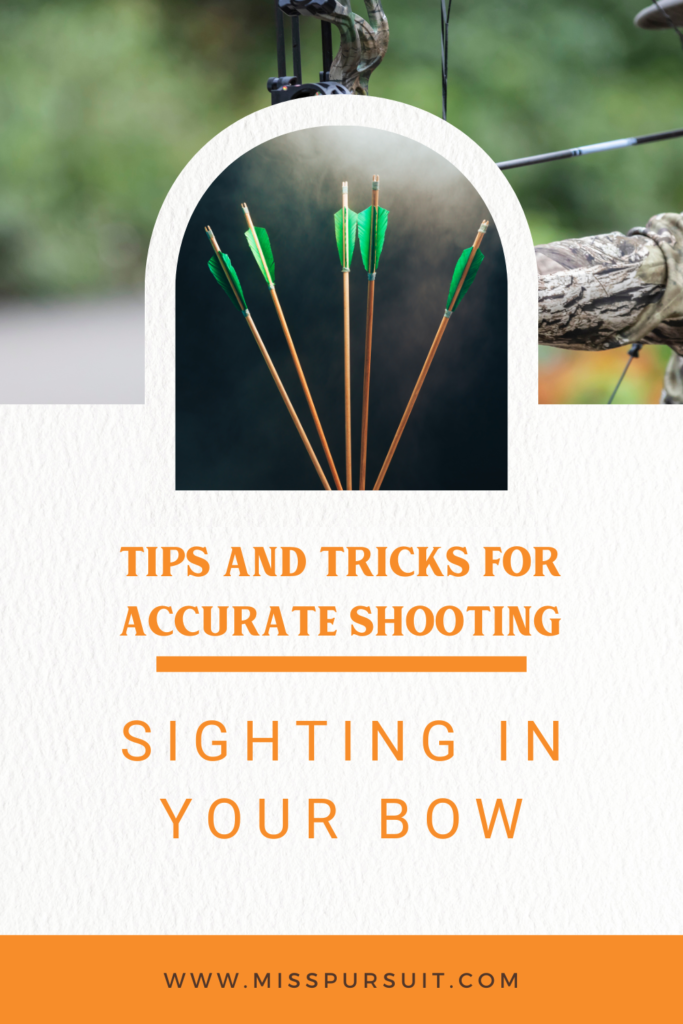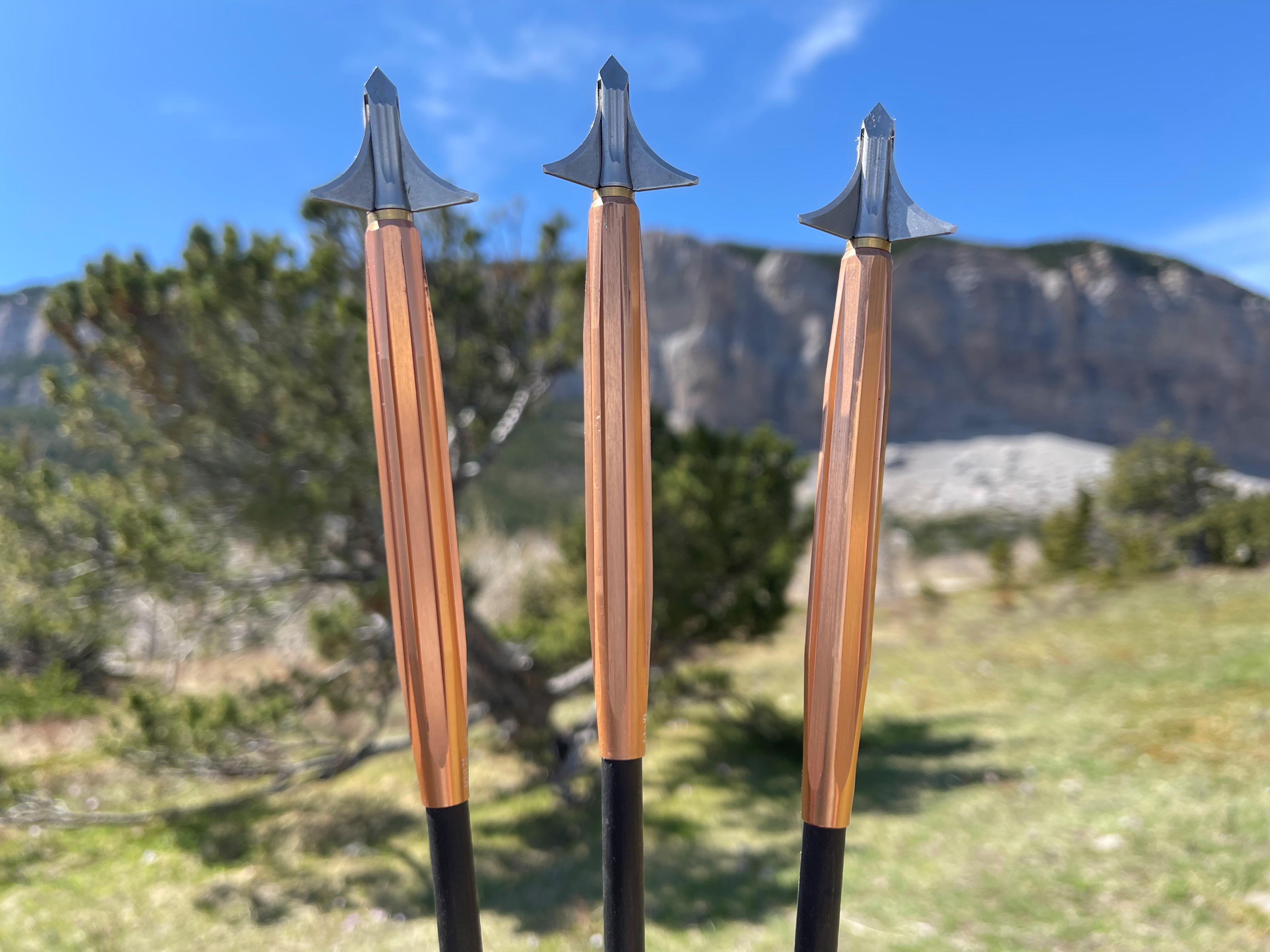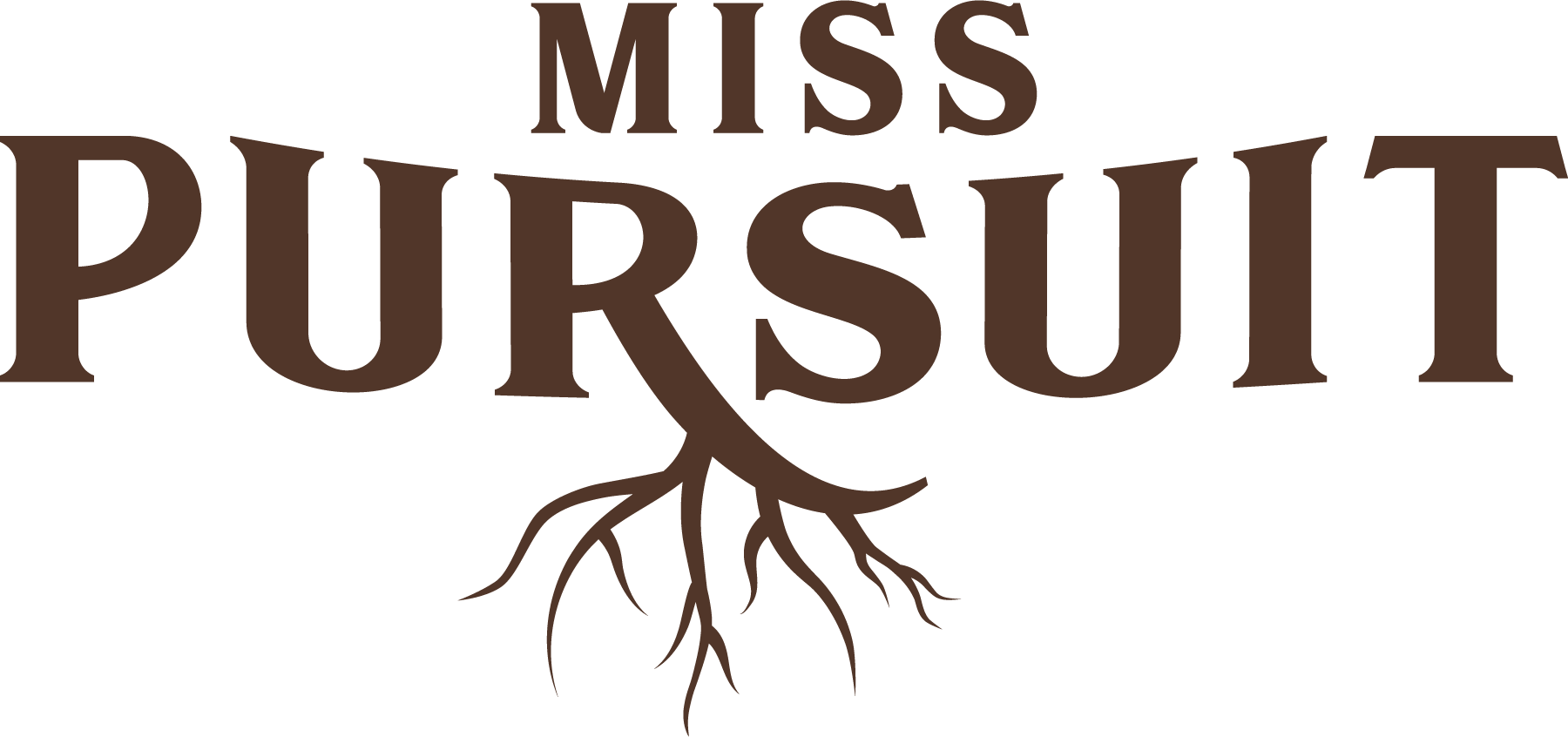We talked about Sighting in Your Bow with Gary Christiansen on our podcast. He is here as a longtime outdoorsman, an Army veteran, and owner of Pro-Tracker Archery. You can find it on YouTube.
You’ll learn:
- When is the best time to become a bowhunter?
- Advice on choosing the best bow sight for the individual.
- How many sight pins are ideal?
- Is it time to switch to a thumb release?
- What are the pros and cons of thumb-trigger release aids vs. other releases?
- What does it really mean to “tune” your bow?
- FOC – What is it and when and why should archers use it?
Archery is a fun, family-type of activity but it's also very calming and very enjoyable. You can do it pretty much anywhere if you have the right backdrop and you have your targets positioned to where you're not going to bother the neighbors. You can pretty much just walk out in your backyard and knock out a few arrows.

Sighting in Your Bow with Pro-Tracker Archery
So, the first question is – is there an age that is best to start archery?
Earlier is always best. Start as early as you possibly can, but go in baby steps. Don’t overdo it. Try different things and have different people teach you. You’ll glean different information from different people. You're going to find something that may work better for you than another person.
What is your advice on choosing the best bow for the individual?
Hopefully, you live close enough to a reputable archery shop. Don’t head into a big box store. Try different bows with different setups. It's like driving a Ford, Dodge, or Chevrolet – one will feel right. Ask to try a Hoyt, Bowtech, Matthews, etc. Pretty soon, you will find one that makes you “whoa – this is perfect.” They are all great brands; don’t buy something just because it’s cool. Buy something because it feels the best to YOU.
A good bow shop will let you try different bows. They want you to buy a bow from them, of course, but you can take away some of their knowledge and little tips to get you started.
What would you say about choosing the best site for someone who already has their bow and is pretty confident in shooting already?
There are a few different types of sight pins. One is a single-pin site. It has one pin that points straight up. You can adjust it on the side of your site so you can shoot at 10-yards, 20-yards, 30-yards, etc. With a single pin, you have to have a range finder to know your exact distance; it takes out the guesswork on what the range is for what you want to shoot. Then, on the side, you can adjust it up or down according to that yardage.
The drawback for a single pin site is if you have say a nice big whitetail coming in. You’re watching him, range him at 40-yards, then you have to adjust your pin to 40-yards. Movement isn’t always the best thing. Then he comes into 30-yards. You need to adjust your pin again or adjust where you aim. Maybe something comes in and you don’t have time to adjust your pin? Or your adrenaline is running? One less thing to think about!
The other option is a multiple-pin site. The pins are already pre-selected at 10-yards, 20-yards, 30-yards, etc. So, if you range a buck at 30-yards, you know you can put the pin right on the 30-yard pin. You’ll be fairly confident that that's exactly where you’ll be shooting.
What are the pros and cons of a thumb release versus other release aids?
It’s up to the individual. Go to an archery store and try a few different types of releases to see what YOU like.
For a thumb release, you put it on your hand; it's like pulling back on a piece of metal so it's not hooked to your wrist. A lot of people can pull this way. They can pull sideways or back and feel comfortable.
For a wrist release, it's wrapped around your wrist and you adjust and shoot with your fingers. You don’t have to worry about pulling with just the regular thumb release. It’s recommended beginners start with a wrist release and move to a thumb release.
Thumb releases can be pricey and wrist releases are more economical.
What does it mean to tune your bow?
You want to have your equipment running on all cylinders; you don't want anything to be off.
By tuning your bow, you're going to get the maximum performance and you’ll have fewer errors.
A good place to start is by paper tuning. What that means is you'll go to an archery shop and they will have a roll of paper hanging down usually at about 5-yards.
You can shoot through that paper and they can tell by which way the tear is, if it's leaning one way or the other. You'll have more of a tear on say the right instead of on the left where the fletches are causing holes.
Then you’ll either need to slide your rest over or back. Another easy way is to put a T laying sideways on your target. The T will be horizontal with it going vertical on the right. It's easy to shoot your arrows into that to find out if your bow is correctly shooting the way it's supposed to.
Try at 10-yards and shoot five arrows. Before you shoot the five arrows, however, take a marker and on a fletch put a #1, on the next arrow put a #2, and so forth so you get five or six. Then go back ten yards and put your pin on the horizontal T. Shoot the five arrows. More than likely, it's going to be lower or higher depending on where it's at, but it should be in a line. Then you know which way you have to adjust your pin.
In adjusting your pins and the way the arrow moves, always remember to chase your arrow. If it's shooting high you raise your sight high. Shoot your group and make your adjustments.
Shoot again so now you’re just doing the vertical lines. Do the same thing again. Start at arrow #1, then #2, and work your way down. You'll find that if it's shooting more left or right, then you can adjust it.
Now you know your arrows are tuned.
Next, you need to work on your form. The popular thing to do now is shoot as far out as possible. That's great, but you really should get confident in your lower ranges and then work your way out. Get your form first.
On most bow sites, there will be a level. If your bow is leaning one way, the bubble in your level goes up. Get the bubble in the level centered. Even though you pull back and you have the knock point touching your nose, the level indicates if your bow is leaning one way or the other.
What’s FOC (front of center) and when do we use it?
FOC is actually very important for every archer. If you take a string and try to throw it, it is not going to go very far; it's going to be erratic, but if you tie a little weight around it (say a washer), that string is going to follow where that washer is.
On your arrow, you put a broad head to go hunting or a field tip for practice, by adding more weight – this works very well with beginners or people who don't pull that much weight – the more weight that your arrow can handle on that FOC will help that arrow fly more accurate, and have more momentum so the arrow goes in farther.
Read More: Bowhunting Solutions for Better Accuracy

With the added weight of something like a Bad Boy arrow sleeve, it's like putting a supercharger on your arrow. If you put more weight on the arrow, it has more of a kick for more penetration. Yes, it will slow your arrow down, but it's just like in your driveway – if you have a tennis ball and a bowling ball rolling down the hill down, which is easier to stop?
That's the same thing with an arrow – it might go slower but when it hits, it hits a lot harder and causes the damage that you want it to do with the broadhead.
People are now shooting faster bows with lighter arrows and they need to add more weight in order to improve the accuracy and penetration.
